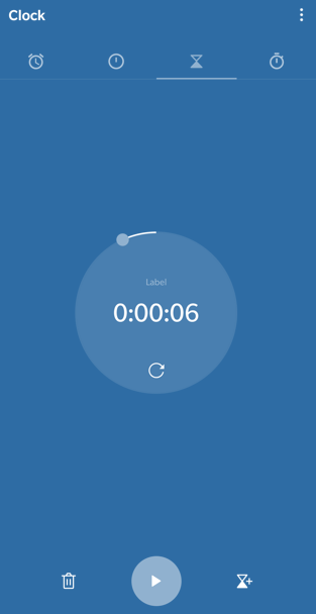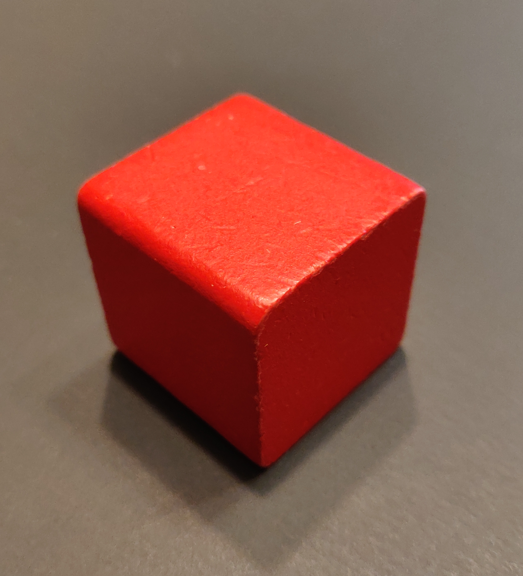6 tips and tricks to run smooth tabletop RPG encounters for kids!
Jump to:
- 1 – Set ground rules
- 2 – Set a frame of reference
- 3 – Adjust to your kid’s skills
- 4 – Use tools to help
- 5 – Make encounters (not just combat)
- 6 – Practice
#1 – Set some ground rules for your tabletop RPG encounters
In addition to setting up safety tools (more on this here), it can also help to set up behavioral guidelines for certain situations, especially for young kids.
Some of the key points to address for encounters could be:
- Do we allow talking during someone else’s turn?
- Do we allow talking between turns?
- What are the guidelines regarding dice stacking, coloring, or phones when it isn’t our turn?
- Do we want to act out exciting moments?
- How do we pause the game if we’re being talked over or it gets rowdy?
- Where should we roll the dice/do we keep them off the board?
When I play tabletop RPGs with my kid (4yo), I go over the guidelines for that game and give a simple explanation, so he knows why we’re doing something. If I just told him “don’t talk on someone else’s turn”, that’s not going to stick as much as “wait for our turn to talk so that everyone, including you, can be heard”. So, I do recommend giving an explanation as well (but keep it short and easy to remember); going over the encounter behavior guidelines should take a few minutes tops.
#2 – Set a frame of reference for your kid’s tabletop RPG encounters

Another thing that helps kids to understand encounters is to set up an initial frame of reference. If you’re using a gridded map where each square is 5ft, not every kid is going to automatically be able to picture what 5ft means. The same goes with understanding a 6 second turn. For my 4yo, I actually measured out 5ft to show him how far it was and then let him run as far as he could while I counted to 6. This really helped him to understand what the numbers meant in a qualitative sense and helped him to understand why he couldn’t run the WHOLE way across the map in one turn.
#3 – Adjust your tabletop RPG to your kid’s skill level
If you’re playing a tabletop RPG that’s above your kid’s reading, math, and comprehension level, encounters are going to be a lot more challenging.
Kids who aren’t able to read their spells yet or who have trouble with adding multiple modifiers are going to have all that extra pressure on their shoulders in the midst of also trying to enjoy the encounter. Some kids do really like the crunch, but not all of them do or are comfortable with managing that.
If you notice your players struggling with keeping track during encounters, you can make adjustments to help them without affecting the core integrity of the game. I have a whole article here with some tips (especially for really young kids), but some suggestions for specifically encounters are below:
- Simplify turn order by grouping players together and NPCs together
- Have spells grouped by encounter type (social, combat, etc)
- Reduce rolls or help players with adding modifiers
#4 – Use tools to helps make guidelines stick and release excitement
Use tabletop RPG tools as a reminder

When it comes to actually playing out the encounter and things get exciting, it can be really easy for players to forget the guidelines that were laid out at the beginning of the game. To help with remembering, you can use some simple tools as memory aids like using a card or object to show whose turn it is (like in Adorablins) or to pause the game (like my red block method).
Use tabletop RPG tools to keep things together
I also run into a lot of situations during the game where encounters are halted because the game board is jostled or dice get rolled into where our player pieces are. One tool that I use to help with this is to make minis out of sticky notes since they stay in place. You can make stand up ones like what’s shown here or just cut out the gluey part of a sticky note to use as a flat token. It’s a simple tool that solved a big problem with having so many pieces moving about.

Use approved fidgets to help with tension
Approved fidget gadgets and activities are another tool that can really help with encounters. Some players will focus way better if they have something to do while listening or waiting for their turn. Having fidget toys or coloring sheets already available for between turns can really help players (of any age) to keep attention and get some tension and excitement out while they wait, especially if you have a no-phones rule.
Use LARP as a tool to help with excitement and communication
I also want to add LARP’ing as a tool because it can really help when there’s too much excitement. My kid will sometimes get very into a part and start flailing his arms to show what he wants to do, and… instead of telling him to stop, I take that as a signal that he has some energy to let out. I ask if he wants to go over to an open space and show me what he wants to do. This helps both in letting him release that excitement AND it’s sometimes a lot easier for him to explain his thoughts. It also is a lot of fun!
#5 – Make encounters for your kid’s tabletop RPG, not just combat
I very intentionally use the term encounter in this article instead of combat because encounters don’t always have to be about fighting. Your encounters can be a contest, a social situation, a storm, a fight, and any number of other situations. This is important because that variety can help kids engage and focus too.
If your first attempt at an encounter is combat, and your kid isn’t clicking with it, they get too excited, or they feel pressure, you can try other situations, like competing in a tree climbing race, that still use turns and spells but that don’t involve direct fighting. This can be useful either if you don’t want combat encounters or to help kids practice using encounter mechanics in a way that’s a little less direct. These can be little easier to manage from the story leader’s side too, so you can get used to your kid’s encounter chaos.
It also helps to make sure there’s interesting ways to solve an encounter other than with fighting. Maybe fighting is a direct path approach, but allowing resolution through talking or solving a puzzle (like finding a hidden power source in the room) makes it so kids in the group who aren’t as keen at fighting (either due to preference or still getting used to the mechanics) have something to do that they are confident in. I would recommend checking out how my kid resolved a situation in Power Outage and also how Power Outage has a balance between combat and non-combat options in each encounter.
#6 – Practice and be patient when introducing encounters in your kid’s tabletop RPG
My last tip is to be patient. It takes practice both on your kid’s side and on your side to get the hang of running tabletop RPG encounters smoothly, and it probably will have some hiccups the first time you try.
With my kid, we’ve been playing tabletop RPGs together for about a year and a half, but we change up the system we use every couple weeks so we can check out games for this site. Whenever we try a new system, there’s a learning curve, and, even with our xp trying out new games, it still takes a couple tries to get into a groove with the encounters.
Know that it gets easier the more you practice, and it’s OK to try again and add new tools or experiment to see what works. The important thing is to keep trying and to focus on having each other and enjoying the time you’re spending with your awesome game.

I hope these tips help you with running a smooth tabletop RPG encounter with your kids! Let me know in the comments if these ideas have helped or if you have any of your own ideas to add!
If you enjoyed this article, you can check out more tips and tricks throughout the site, and make sure to subscribe to the TTRPGkids monthly newsletter to stay up to date on the latest reviews, game and podcast list updates, and more! Thank you for playing tabletop RPGs with your kids and sharing this awesome hobby with the next generation!



Great ideas–Have you tried running Argyle & Crew RPG? It works very well for younger kids–it’s a starter RPG with sock puppets.
https://www.drivethrurpg.com/product/94507/Argyle–Crew–Adventure-in-the-Land-of-Skcos
There’s also Dungeon Babies (though I haven’t played it, I am friends with creator Jason Thompson): https://www.dmsguild.com/product/398133/Dungeon-Babies
Thank you! And I will have to check those both out – thank you for the recommendations!